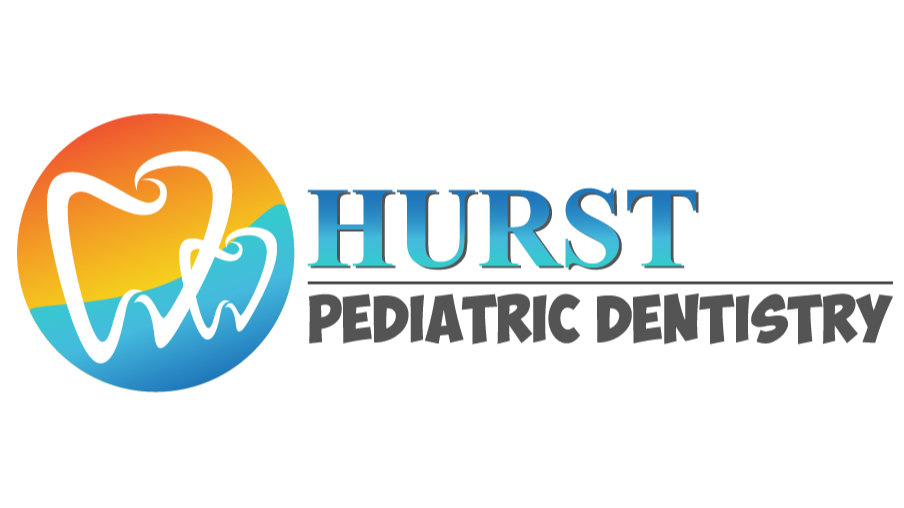Birmingham, AL Pediatric Dentist Offers Fillings & Extractions For Baby Teeth
Kids get cavities—it’s a fact of life! The question is what to do about them: filling or extraction? Hurst Pediatric Dentistry (205-969-7454) in Birmingham, AL has the answers!

For most parents, teeth are an important milestone in their child's lives. They get their first baby tooth, and then they all show up, but then they quickly leave to make way for adult teeth—it's a journey that provides a lot of memories. With that being said, a lot of the choices parents make when their children have baby teeth can have ramifications later in their lives. That's why Hurst Pediatric Dentistry put together their new guide—to help them make the right choices!
The Birmingham, AL pediatric dentist's new guide outlines the pros and cons of filling a decaying baby tooth versus pulling it out. The guide also explains the role baby teeth play in development and why maintaining them and keeping them healthy is important.
Go to https://hurstpediatricdental.com/blog/b/filling-versus-pulling-baby-teeth to find out more.
According to the CDC, 42% of children aged 2 to 11 have had a cavity in their baby teeth. With cavities in permanent teeth, the choice of whether to get a filling or an extraction is an easy one, but with baby teeth, the choice isn’t as easy because they eventually fall out anyway. In its new guide, Hurst Pediatric Dentistry is providing parents with the information they need to make the best decisions for their children.
The Importance Of Oral Hygiene
Of course, any pediatric dentist worth their salt will start by advocating good oral hygiene and dental practices, but why? Well, first and foremost, children who don't practice good oral hygiene are at greater risk of developing cavities, which are the catalyst for the filling versus pulling debate. This is because enamel is thinner and weaker in baby teeth, and therefore, easier to break down. By practicing good oral hygiene, children significantly reduce the chances of their teeth decaying.
Good oral hygiene also allows the teeth the grow and develop naturally. Rather than having to introduce foreign substances into a child's mouth at a critical time in their growth, or conversely, remove equally vital parts, the natural processes can unfold freely and unencumbered.
Filling Versus Pulling
In the guide, Hurst Pediatric Dentistry argues that in most cases, filling a decaying baby tooth is preferred over pulling it out. This is because most children don’t lose their baby molars until they’re 10 or 12 years old, and until this happens they need to have teeth in their mouth to remain healthy and develop properly.
By removing baby teeth, Hurst Pediatric Dentistry believes that parents are putting their children’s abilities to perform essential tasks such as chewing and speaking at risk. Removing teeth at such a young age can also affect a child’s jaw formation and facial appearance, which in turn, can lead to more costly orthodontic issues in the future.
Hurst Pediatric Dentistry is quick to note, however, that in some cases, pulling decaying baby teeth is acceptable. For example, if the adult or permanent tooth is already erupting beneath the baby tooth then it is usually fine to remove it. Furthermore, if leaving a tooth in poses a more serious health risk than taking it out, it probably should be removed.
“Every parent wants their child to have perfectly healthy teeth, so it can be disconcerting for parents when their baby has dental decay,” said a spokesperson for the practice. “Because baby teeth eventually do fall out, the question of whether to fill a cavity or pull a tooth entirely is a valid concern. Hopefully, with our guide, parents can make informed decisions that will benefit their children in the long run.”
About Hurst Pediatric Dentistry
Hurst Pediatric Dentistry is owned and operated by Dr. Joby Hurst, DMD. For over 25 years he and his team have been creating beautiful smiles for children across Alabama.
Visit https://hurstpediatricdental.com/blog/b/filling-versus-pulling-baby-teeth today and give your child the smile they deserve!

